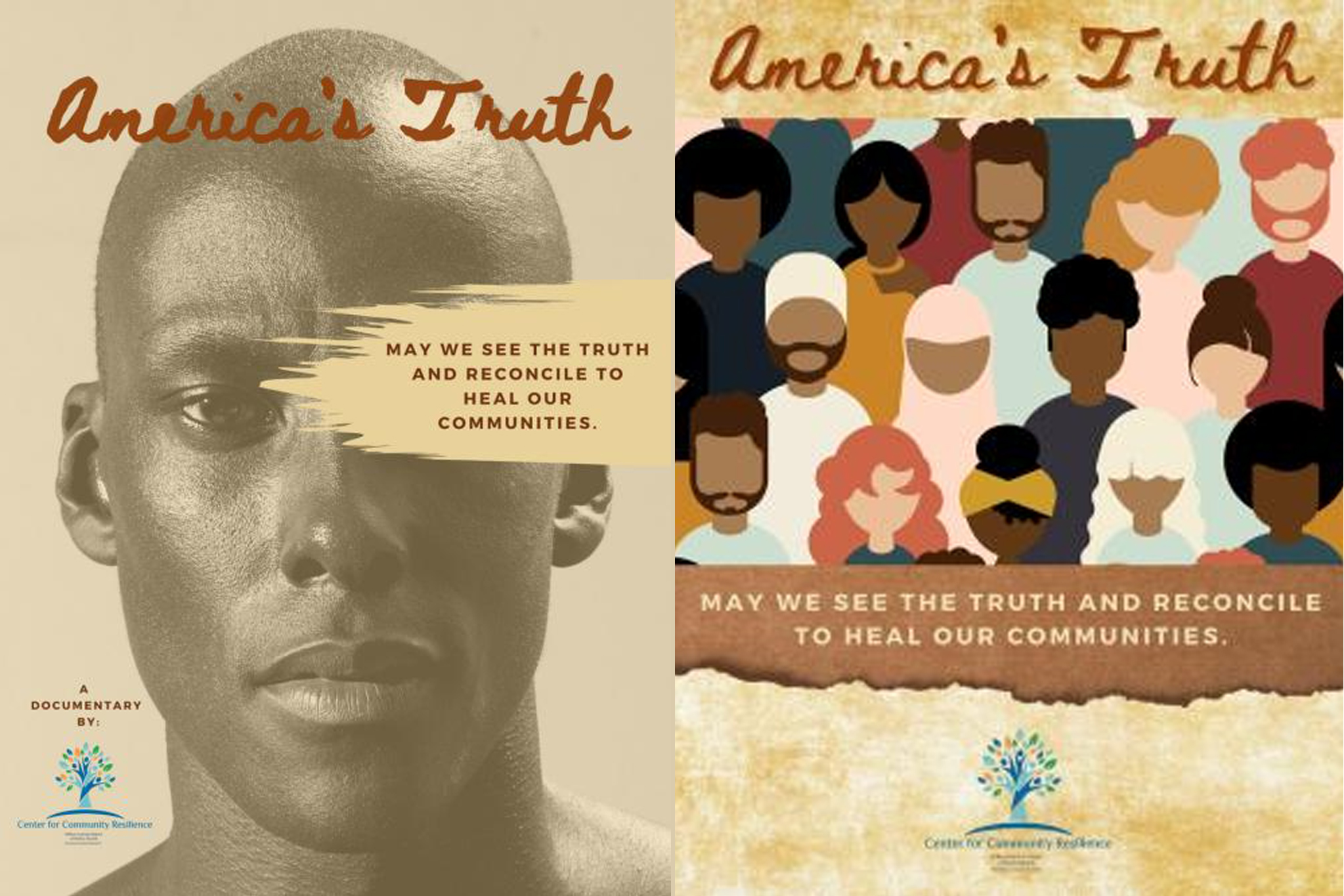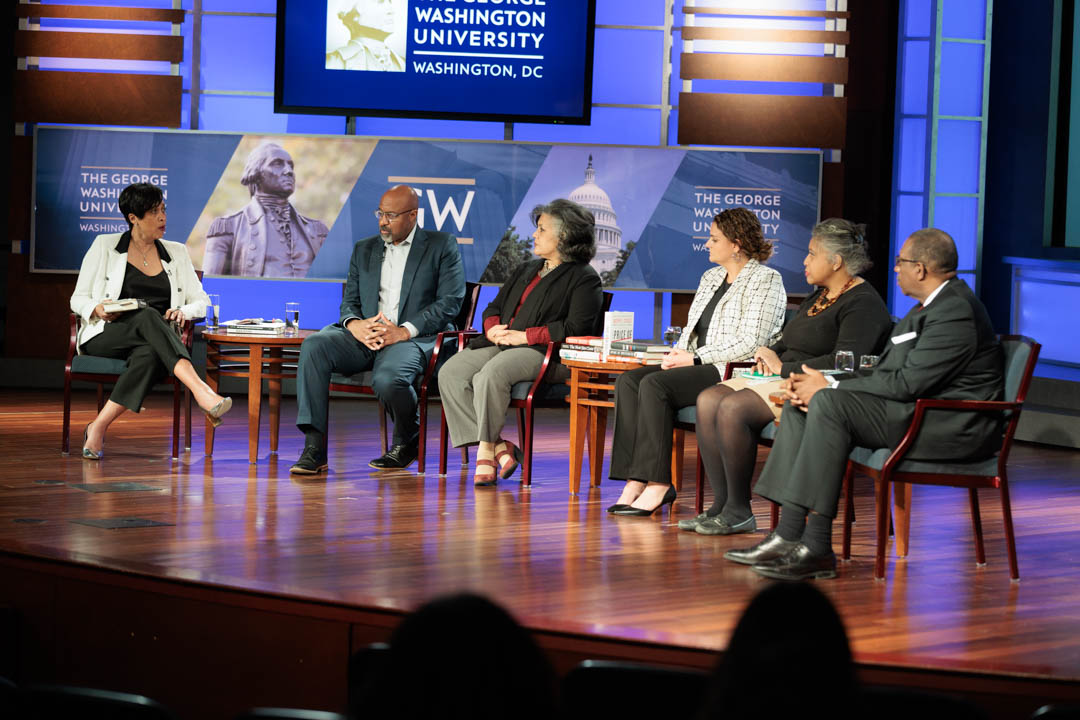By B.L. Wilson
Wendy Ellis, an assistant professor in the George Washington University Milken Institute School of Public Health and director of a documentary, “America’s Truth: Cincinnati,” knew the film had a larger purpose after 10 Black people were targeted and killed in a mass shooting in Buffalo, N.Y.
The film, which is available for download on the website of the Center for Community Resilience (CCR), which is housed at Milken Institute SPH, examines Cincinnati’s history and the trauma Black Americans experienced in communities exposed to structural racism. The website includes the full documentary as well as a discussion guide and a case study of the work in Cincinnati. (The documentary was introduced to the GW community at a panel discussion in April.)
“It's important that the facts about our country's history of structural racism be as widely available to all people as hate crimes and efforts to limit access to this history increase,” said Ellis, who is also CCR director. “A pathway to equity builds hope in the face of fear.”
People, she said, can use the film to learn how structural inequities of the past continue to inform the present. A public health professional, Ellis has grounded her understanding of inequity in the sciences of adversity and resiliency, which she studied in the 1990s. Her work has led to her adding racism and discrimination, known sources of stress, to the list of adverse childhood experiences that can lead to intergenerational transmission of trauma, higher risk of poorer health outcomes and disease and lower life expectancy. Ellis said these experiences can also be overcome by the positive force of strong families and communities.
“Resilience science shows us that if you have one stable adult, that increases your opportunity for emotional healing,” she said. “If your household is stable, you’re not worried about food on the table, you’re not worrying about a roof over your head or community violence and other adversities.”
“America’s Truth” tells the story of Cincinnati, Ellis’ hometown, a city that she said is emblematic of the story of inequity in the United States. Though a non-slave state and the first stop on the underground railway for enslaved people escaping the South across the Ohio River, Ohio was among the first states to adopt the Black Codes, a blueprint for the Jim Crow era. The film traces the vicissitudes of the modern civil rights movement and desegregation and the demoralization caused by urban renewal and gentrification that has displaced thousands of Black families.
It revisits “the erasure” of the Cincinnati neighborhoods of Avondale, Lincoln Heights and Kennedy Heights, which over 50 years succumbed to white flight, desegregation and social and economic disintegration as businesses left and communities were overwhelmed by the crack epidemic and crime that has been linked to a huge wealth gap between white and Black Americans in the city.
“All these things that I say about Cincinnati are generalizable to almost any corner of this country,” said Ellis. “It is also a place where we can begin to provide some hope, where all is not lost.”
Ellis began working on the film in fall 2020 following the summer of racial protests after the murder of George Floyd—a killing that led many Americans to start to better understand the ties among structural racism, white supremacy, redlining and the history of lynching in the United States.
“I realized there was a whole chapter of American history that a large part of our country really doesn’t understand,” Ellis said. “That led me to look at how we can begin to talk and share the truth…through a process of truth and reconciliation.”
The CCR investigated the work that had been done on racial healing and reconciliation in countries like Australia, New Zealand, Germany and South Africa, but added that she also wanted to push for systemic change.
“My work has always been about systems change,” she said. “We are going to call this truth and equity, because equity is the goal. Reconciliation is not the goal. Equity is the goal.”
Ellis has been meeting with members of Cincinnati’s City Council who are exploring efforts to address the racial wealth gap and the trauma associated with structural racism. As a first step, advocates have pushed for an apology from the mayor for the destruction of many Black neighborhoods.
In addition, the CCR is working in other parts of the United States including the District of Columbia, Tennessee, Colorado, Texas and Massachusetts to build community resilience and undo what she describes as the durable infrastructure that is structural racism. The work has been funded by the GW Law’s Equity Institute Initiative, Ascend at the Aspen Institute and The Kresge Foundation. She encourages viewers of “America’s Truth” to visit CCR’s website for access to tools that can help people to begin to do the work themselves in their neighborhoods.



